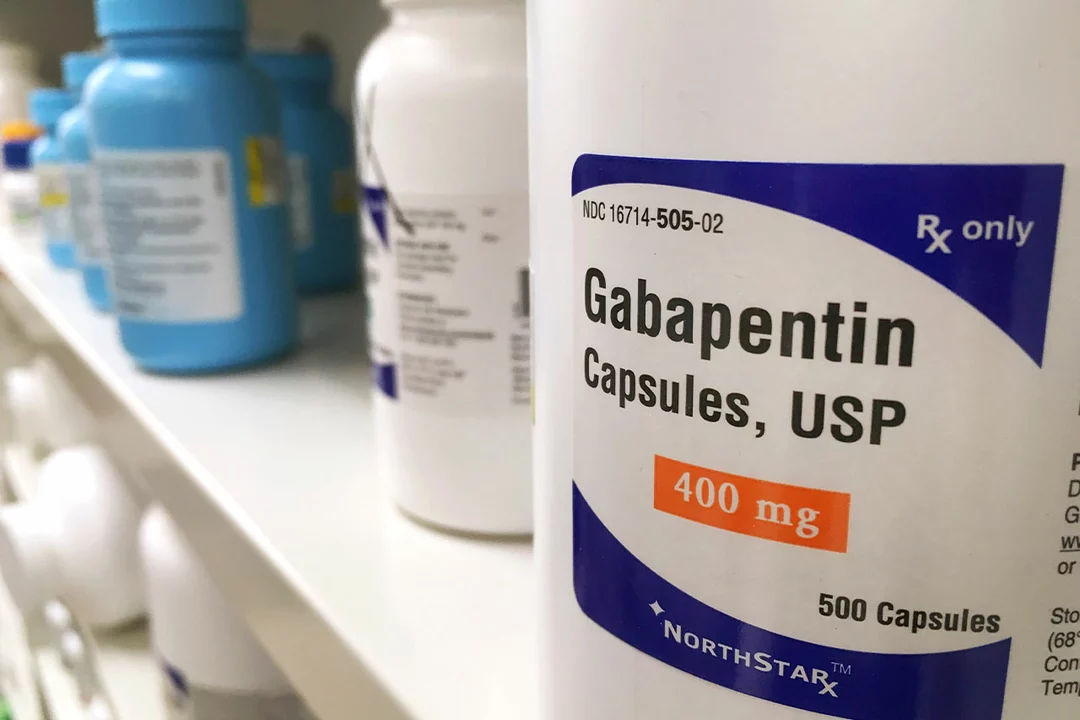Gabapentin: what it treats and how to use it safely
Gabapentin (brand name Neurontin) helps with nerve pain and certain types of seizures. People also ask about it for anxiety, sleep, or hot flashes — uses that aren’t always backed by strong evidence. That’s why knowing the basics matters: the right dose, common side effects, and how to stop it without problems.
How gabapentin works and what it's used for
Gabapentin is a GABA analogue but it doesn’t act like typical sedatives. It binds to a protein on nerve cells (the alpha-2-delta subunit) and reduces abnormal nerve firing. Doctors commonly prescribe it for postherpetic neuralgia (shingles pain), diabetic nerve pain, and as an add-on for some seizures. Off-label uses include anxiety and restless legs, though evidence varies.
If you have a chronic nerve pain condition, gabapentin can make daily life easier. Expect a few weeks before you notice full benefit. For seizures, it’s used on a strict schedule — don’t skip doses without talking to your prescriber.
Safe use, dosing, and withdrawal
Dosing ranges widely: low doses might be 300 mg once daily, while typical schedules for pain or seizures often reach 900–3600 mg per day split into two or three doses. Your doctor will start low and increase slowly to limit side effects. If you have kidney problems, doses must be reduced — gabapentin is cleared by the kidneys.
Common side effects include drowsiness, dizziness, balance problems, and mild swelling in the legs. Some people notice memory or concentration issues. Combining gabapentin with alcohol or opioids raises the risk of dangerous sedation and breathing problems. Always tell your doctor about other meds you take.
Stopping gabapentin suddenly can cause withdrawal symptoms or seizure recurrence. If you need to stop, your prescriber should taper your dose over days to weeks depending on how long you’ve been taking it.
Watch for warning signs: severe mood changes, suicidal thoughts, new or worsening seizures, or severe allergic reactions. If you drive or operate heavy machinery, be cautious until you know how gabapentin affects you.
If gabapentin isn’t the right fit, there are alternatives like pregabalin, duloxetine, certain antidepressants, topical agents, or non-drug options such as nerve blocks and physical therapy. Choices depend on the type of pain and your health profile.
Practical tips: take gabapentin at the same times each day, avoid heavy alcohol use, store it safely away from children, and keep regular follow-ups with your prescriber. If you’re buying medications online, use a licensed pharmacy and avoid suspiciously low prices or sites that don’t require a prescription.
Want deeper info? Check our Neurontin alternatives and safety articles for straightforward comparisons and real-world tips to talk with your doctor.

Gabapentin and Seizures: A Possible Treatment Option
As a blogger, I recently came across the topic of Gabapentin and its potential role in treating seizures. Gabapentin, an anticonvulsant medication, has shown promise in managing various forms of epilepsy. It works by reducing abnormal electrical activity in the brain, potentially helping to control and prevent seizures. While it is not a cure-all, it could be a valuable treatment option for some patients. I believe further research and discussion on this medication could benefit those who suffer from seizures and are searching for effective treatment options.
More Detail